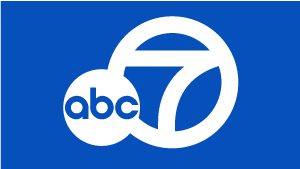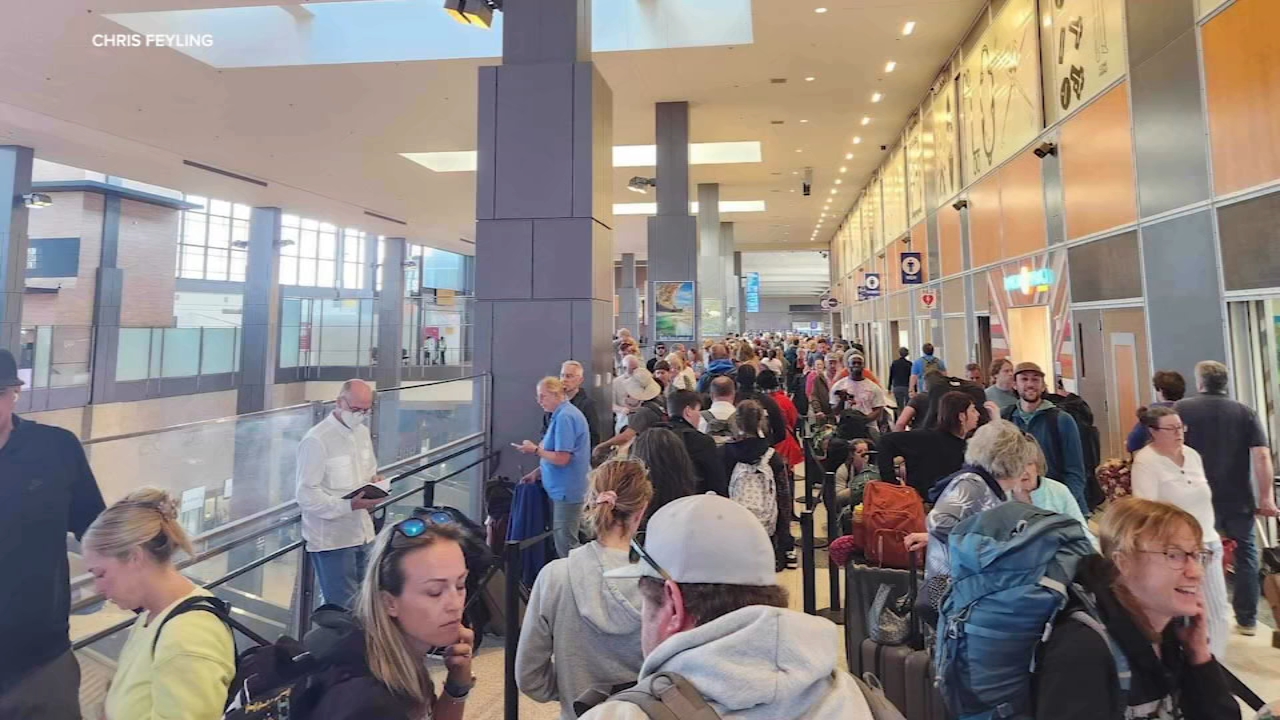Total solar eclipse lovers watch live broadcast from San Francisco's Exploratorium


SAN FRANCISCO (KGO) -- The total solar eclipse on Tuesday night reached totality at 5:38 p.m. The rare celestial event wasn't visible in the Bay Area, but thanks to our partners at the Exploratorium, people were able to watch a live broadcast all the way from Micronesia for free.
RELATED: Miss the total solar eclipse? Watch it here!
Back in the Dark Ages, the sight struck terror in the hearts and minds of men. "This was a bad omen. As a matter of fact, the word disaster comes from bad star," the Exploratorium's Ron Hipschman said.
Things are different in the 21st century. "Well if it doesn't come to you, then you go to it," eclipse watcher David Langsam said.
Hence the crowd that came to the Exploratorium Tuesday night to watch the work of an Exploratorium team that journeyed more than 7,000 miles to the Woleai atoll, a tiny spec in the Pacific lying right smack dab in the eclipses' path.
PHOTOS: Rare total solar eclipse in Micronesia
Back in the control room, all the links held. "Really complicated, I can show you a hand diagram if you want to see it. It's really complicated. Every part of the path you can have a potential fail," Exploratorium scientist Nicole Minor said.
Instead, it was a triumph as we watched in real time what actually lasted three hours - an astrological event proportionately unlike any other among all the moons and planets in our solar system.
RAW VIDEO: What is a total solar eclipse?

Langsam had seen an eclipse in person. "It takes one of the global constants and turns it off. The sun goes away in the middle of the day and that's really dramatic," he said.
That's one reason why, when an eclipse crosses the United States next year, the Exploratorium plans to follow it with not one crew but two.
When asked why there will be two crews, Hipschman answered, "Well, you have twice the chance of seeing it if the weather doesn't cooperate."
RELATED: Exploratorium scientists travel to Micronesia for total solar eclipse
With the moon receding by 4 centimeters a year, not even these eclipses will last forever. We'll only have them for 500 million more years.
Click here for full coverage on solar eclipses.
















